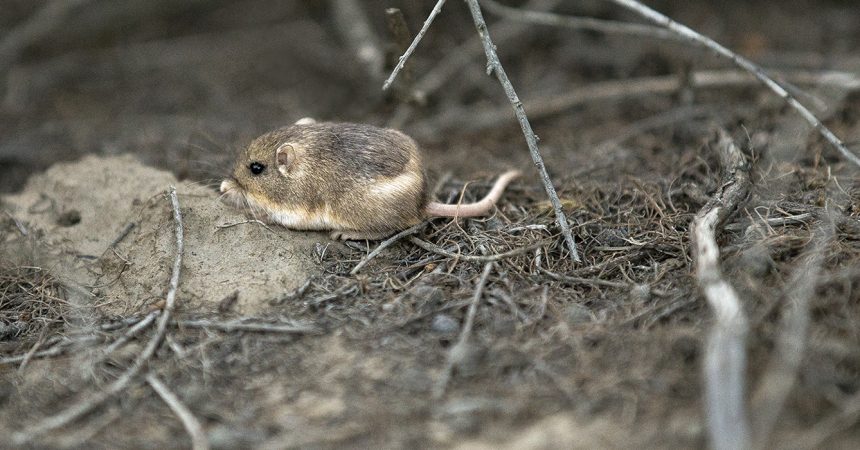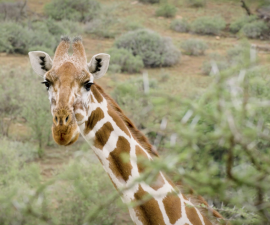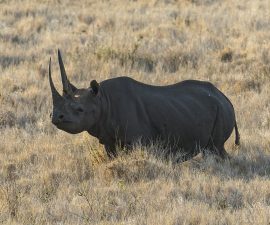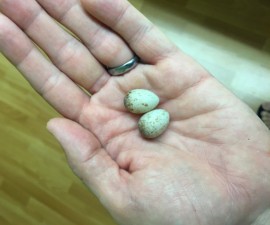Reintroduced Wild Mice Are Now Breeding on Their Own
After years of conservation work that included painstakingly tracking, breeding and releasing almost 100 endangered Pacific pocket mice, researchers from San Diego Zoo Global have discovered that mice reintroduced into Orange County, California’s Laguna Coast Wilderness Park have begun to breed on their own.
The science team made the discovery late last month—just weeks after representatives from San Diego Zoo Global, the U.S. Fish and Wildlife Service and the California Department of Fish and Wildlife released a new group of 25 Pacific pocket mice into a 1.6-acre fenced section of the park. Not only have the released mice that were raised at an off-site breeding facility given birth to offspring, but the second generation of mice—born in the wild habitat—have also begun to produce offspring, without human assistance.
“This is a major milestone for a program that has so many delicate and important stages,” said Debra Shier, Ph.D., Brown Endowed Associate Director of Recovery Ecology at the San Diego Zoo Institute for Conservation Research. “There are four major stages for reintroducing a species to the wild: release, establishment, growth and regulation. Right now, we have reached the growth phase for this population. I think if we continue on this trajectory, we will have successfully established a new population in the wild.”
The research team will continue to provide supplementary food to the Pacific pocket mice as they continue to navigate the wild terrain. The team will also cut holes into the perimeter fence to create a more permeable barrier—moving toward the next stage of the release, which will allow the mice to slowly expand their territory beyond the fence.
The Pacific pocket mouse breeding program is managed by staff at the San Diego Zoo Institute for Conservation Research, working closely with the U.S. Fish and Wildlife Service, the California Department of Fish and Wildlife and OC Parks, for the Laguna Coast Wilderness Park population. Starting in 2012, 34 adult Pacific pocket mice were taken from the three remaining wild populations to participate in this breeding program at an off-exhibit area at the San Diego Zoo Safari Park. To prepare the mice for their life in the wilderness, the breeding facility utilized air conditioning and humidifiers to mimic the coastal temperatures and humidity levels these mice require. The facility was also equipped with large skylights to make sure these nocturnal animals remained attuned to the rising and setting of the sun, which cues their activities. Scientists trained the mice to spot potential threats and recognize food that they would likely encounter in their wild surroundings.
The Pacific pocket mouse is the smallest mouse species in North America, with adults typically weighing between 6 and 7 grams—about the same as three pennies. The subspecies, thought to be extinct in the 1980s, was rediscovered in 1993. It is currently listed as Endangered under the U.S. Endangered Species Act. Scientists consider these mice vital to their ecosystem, due to their function as seed dispersers for native plants throughout their habitat. They also dig burrows that hydrate and increase nutrient cycling in the soil, which encourages the growth of native plants.





